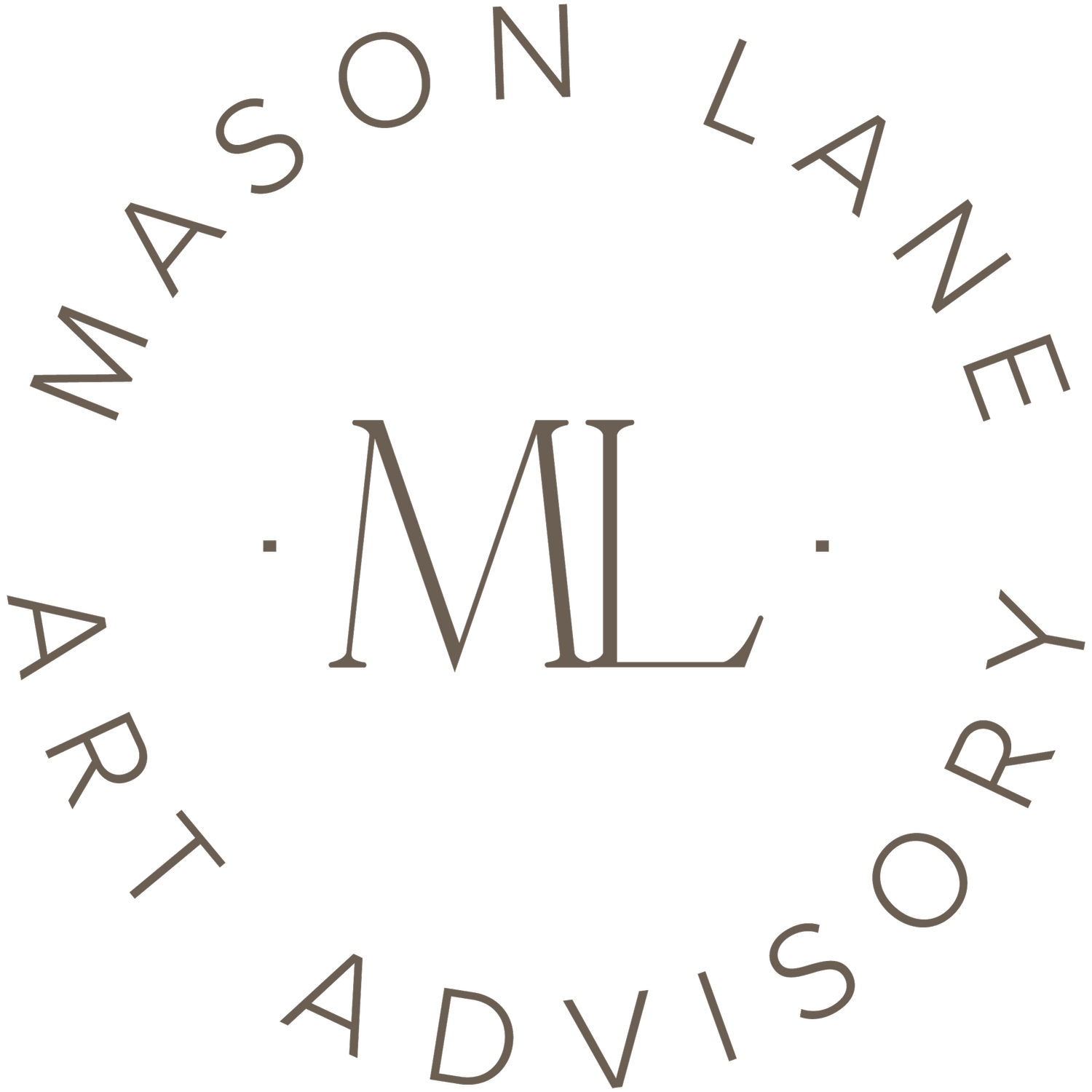Art Buying vs. Art Collecting… and How to do Either Wisely.
A few weeks back, we asked our followers for their thoughts on the difference between art buying and art collecting. The answers were quite diverse, and sometimes entirely contradictory (for example, “art buying is about investment and art collecting is about pleasure” along with “art buying is for pleasure and art collecting involves focusing on investment.”. There’s no right or wrong definition, but here’s how we think about it:
Art buying: Purchasing artworks that you’re drawn to.
Art collecting: Acquiring art over time that more deeply relates to your interests, experiences, and values. Part of the collecting process also considers how pieces speak to each other to showcase the diverse. Meaningful sides of each individual collector.
A few important notes on these definitions:
We intentionally use similar but different words - “purchasing” relating to art buying and “acquiring” relating to art collecting - because “acquiring”, in our opinion, has a connotation of something becoming part of another. This tracks with how we think about collecting; each new artwork that is added to the collection does not stand alone; rather, it is part of a larger whole that is thoughtfully built and edited over time.
Neither buying or collecting is better than the other. With our definitions, buying tends to come first and potentially lead to a collecting interest. Many of our clients intend to be buyers, however, with our guidance on how pieces work together and relate to clients’ individual interest, they inevitably start collecting at a variety of different financial and emotional levels.
Neither of our definitions includes the word investment. This is because our definitions are simple and not intended to reflect nuances. “Investment” can have a lot of nuances. Also, committing to buy/purchase/acquire a new artwork is always some kind of financial and emotional investment, in the same way that buying a car, a piece of jewelry, or clothing is. “Investing” can also imply a consideration for the current and projected future value of a piece, or suggest an intention of ultimately selling that piece with the hopes of making a profit. This consideration can apply to both art buying and collecting. Here’s our position: We support our clients in buying and collecting wisely. That means sharing with them full information about pricing, artist career credentials, gallery representation, exhibition history, and more. Having a sense of whether an artist’s market may strengthen is always a useful datapoint that can be considered alongside other information for art buying and collecting purposes. It also absolutely feels better to own something that is expected to hold or appreciate in value rather than depreciate.
The family room of our art collecting clients’ home in Fairfield County, Connecticut, with an Amanda Means photogram in the center and a Robert Kingston painting on the right.
This discussion relates to internal conversations our team has about how a collection is built successfully and strategically. One way this is done is by embracing diversity. This goes for diversity of artwork media, size, subject matter, style, artist career, artist background and more. The most interesting collections (and the most interesting people) have many different sides to them. This not only makes each individual piece feel special, but it also gives a collection a sense of discovery and depth. A great example of this is an art collection we are helping our clients build for their waterfront urban home. They came to us wanting pieces with a zen energy, and they were particularly drawn to textile work for its inherent softness. Having multiple textile pieces hung in their main living space would feel repetitive rather than zen. Over the past year, we have helped our clients acquire one textile work by Rachel Mica Weiss, one atmospheric painting by Max Rodel, a sculpture made of toothpicks and found concrete (!) by Chris Saol, and a photograph of fabric by Lauren Semivan. The pieces are not all soft to the touch, but they feel soft in unexpected ways – showing that softness can be more than one thing - and contributing to an overall zen energy.
We’re sure this topic will prompt some thinking and different opinions, and we welcome them all. We also look forward to sharing more about the way we think about building collections and concepts to keep in mind to do it well.

